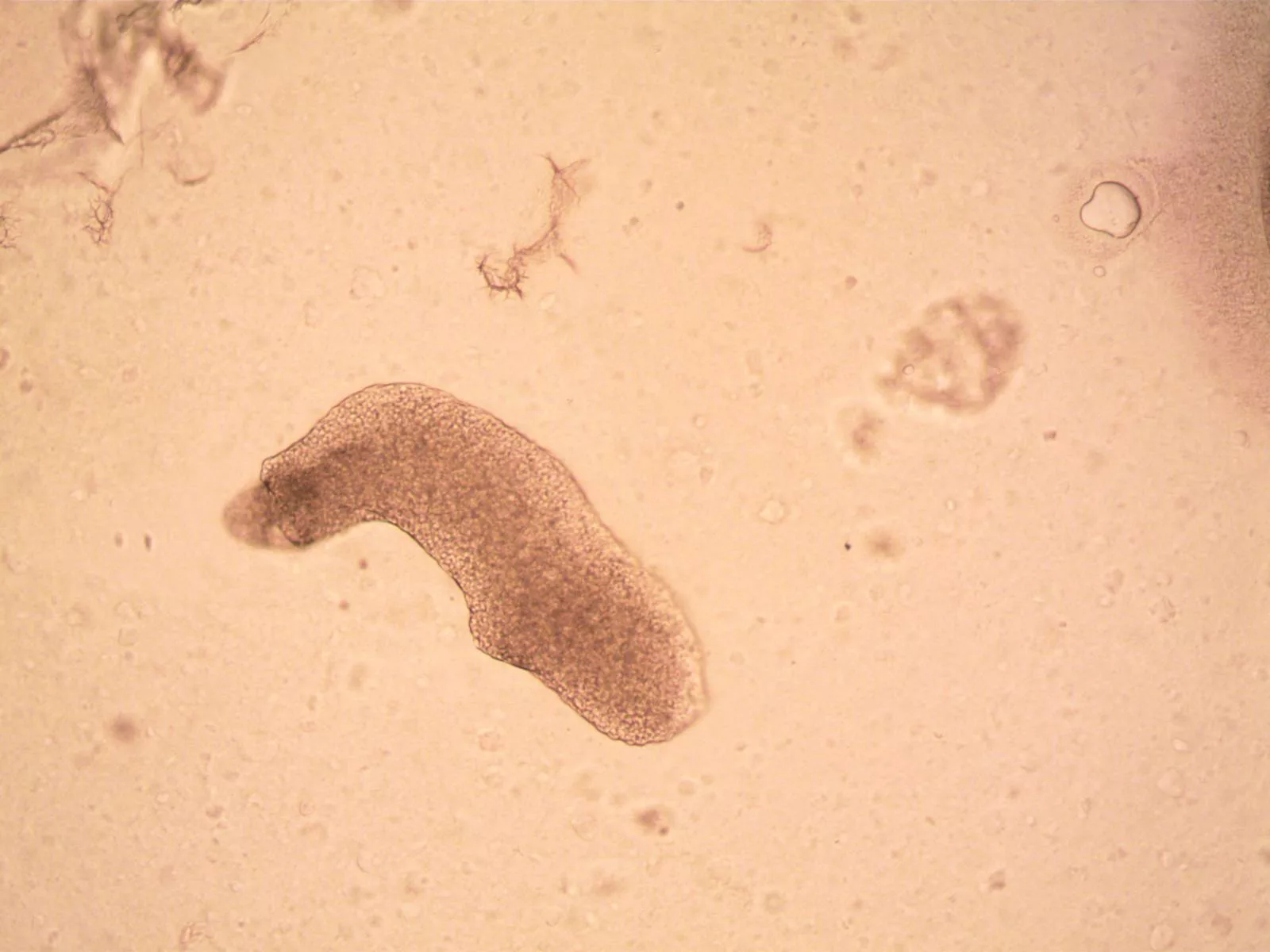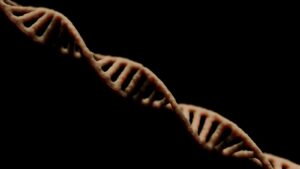Life on Earth exists in a stunning range of environments, from lush forests to barren deserts, yet some of the most remarkable organisms thrive in places once thought inhospitable to life. Extremophiles are organisms—often microbes—that survive and even flourish in extreme conditions such as intense heat, high radiation, high salinity, or crushing pressures. Their resilience provides crucial insights into the adaptability of life and holds implications for biotechnology, medicine, and even the search for extraterrestrial life.
These organisms not only push the boundaries of what we consider habitable, but they also challenge the fundamental understanding of life’s biochemical and physiological limits. Their ability to withstand conditions that mimic those found on distant planets has positioned them at the forefront of astrobiological research. Furthermore, their biochemical processes have led to groundbreaking advancements in industrial applications, from pharmaceuticals to environmental sustainability. As we explore their unique adaptations, we gain a deeper appreciation for the resilience of life and its potential to exist beyond Earth.
What Are Extremophiles?
Extremophiles are organisms that have adapted to live in extreme environments where most life forms would perish. They are classified based on the extreme conditions they endure:
- Thermophiles – Thrive in extremely high temperatures, often above 60°C (140°F), and can survive in environments such as hot springs, hydrothermal vents, and volcanic regions. Some thermophiles, like Pyrolobus fumarii, can endure temperatures up to 113°C (235°F), making them some of the most heat-resistant organisms known.
- Psychrophiles – Survive in freezing conditions, typically below 15°C (59°F), and are found in Antarctic ice, deep-sea environments, and glacial ecosystems. They possess specialized enzymes that function optimally at low temperatures and prevent their cellular structures from freezing.
- Halophiles – Flourish in highly saline environments such as salt flats, hypersaline lakes, and deep-sea brine pools. These organisms have adapted to counteract osmotic pressure by accumulating high concentrations of compatible solutes, such as potassium chloride, to maintain cellular integrity.
- Acidophiles – Prefer highly acidic conditions, thriving in environments with pH levels as low as 0, such as sulfuric acid pools, acidic mine drainage, and volcanic craters. Some species, like Picrophilus torridus, can withstand acidity levels comparable to battery acid.
- Alkaliphiles – Live in highly alkaline environments with pH levels above 9, such as soda lakes, alkaline springs, and limestone caves. Their unique adaptations enable them to maintain a stable internal pH while thriving in extremely basic surroundings.
- Barophiles (Piezophiles) – Thrive under extreme pressure, found in deep-sea trenches, subglacial lakes, and within the Earth’s crust. Some barophiles can withstand pressures exceeding 1,000 times that of sea level, adapting to crushing forces that would be lethal to most organisms.
- Radiophiles – Tolerate or even require high levels of radiation, surviving in radioactive waste sites and nuclear reactor cooling ponds. Deinococcus radiodurans is one of the most radiation-resistant organisms, capable of surviving doses thousands of times higher than what would be fatal to humans.
- Metallophiles – Survive in environments rich in heavy metals, such as mine tailings, metal-contaminated soils, and industrial waste sites. These organisms can bioaccumulate or detoxify metals like arsenic, lead, and mercury, making them useful for bioremediation efforts.
- Xerophiles – Adapt to extremely dry conditions, such as deserts, arid salt flats, and Martian-like environments. These organisms retain water efficiently and can endure prolonged periods of desiccation, resuming metabolic activity once moisture is available.
Extremophiles not only survive in these conditions but often require them to thrive, making them invaluable for scientific research into the adaptability and resilience of life.
Adaptations That Allow Extremophiles to Survive
Heat Resistance in Thermophiles
Thermophiles, such as those found in hydrothermal vents at the ocean floor, have evolved specialized heat-stable enzymes that allow them to function at temperatures exceeding 100°C. Their proteins are structured to resist denaturation, and their membranes contain heat-resistant lipids, preventing breakdown at extreme temperatures. Some thermophiles rely on chemosynthesis, using inorganic molecules like sulfur to generate energy in the absence of sunlight. Their adaptation provides valuable insights into enzyme stability, inspiring industrial applications such as high-temperature biofuels and thermostable enzymes for chemical processing.
Cold Adaptation in Psychrophiles
Psychrophiles produce antifreeze proteins that prevent ice crystal formation inside their cells. They also have flexible cell membranes that remain functional at subzero temperatures, allowing them to metabolize nutrients efficiently in frozen environments. These organisms have been discovered in Antarctic ice sheets, subglacial lakes, and even in permafrost that has remained frozen for thousands of years. Their ability to remain metabolically active at such low temperatures has important implications for understanding climate change, as thawing permafrost may release ancient microbial life forms with unknown ecological impacts.
Coping with High Salinity in Halophiles
Halophiles, such as those in the Dead Sea, counteract osmotic stress by accumulating compatible solutes like potassium chloride to balance internal and external salt concentrations. Their proteins are uniquely structured to function in high-salt conditions, preventing dehydration and maintaining cellular activity. Some halophiles even use light-sensitive proteins to generate energy, demonstrating an alternative form of photosynthesis. These adaptations have found applications in biotechnology, where halophilic enzymes are used in industrial processes requiring high salinity, such as food preservation and bioremediation of salt-contaminated environments.
Acid and Alkaline Tolerance
Acidophiles and alkaliphiles maintain pH homeostasis by using specialized proton pumps that regulate their internal acidity. Their enzymes have adapted to function optimally in either extreme acidic or basic conditions, allowing survival in environments where most biological molecules would degrade. Acidophiles like Ferroplasma can survive in environments with a pH as low as 0, while alkaliphiles like Natronomonas thrive in conditions with a pH above 10. These organisms are valuable in bioleaching, an environmentally friendly method of extracting metals from ores without using toxic chemicals.
High-Pressure Adaptation in Barophiles
Deep-sea barophiles have highly compact cellular structures that prevent damage under immense pressure. Their enzymes remain stable despite the crushing forces found in oceanic trenches, enabling them to metabolize and reproduce in darkness and isolation. Some barophiles can thrive at depths exceeding 10,000 meters, where pressures are more than 1,000 times that of sea level. Understanding their unique adaptations provides insights into deep-sea ecosystems, and their enzymes have potential applications in deep-sea mining, drug discovery, and biotechnological research.
Radiation Resistance in Radiophiles
Radiophiles, such as Deinococcus radiodurans, possess extraordinary DNA repair mechanisms that allow them to survive high doses of radiation. These organisms can rapidly rebuild their genomes after radiation-induced damage, making them potential candidates for bioremediation in radioactive environments. Some radiophiles have been found in nuclear waste sites, and their ability to withstand intense radiation suggests the potential for life surviving on planets with high radiation exposure, such as Mars.
Applications of Extremophiles in Science and Industry
The remarkable adaptations of extremophiles have numerous practical applications:
- Biotechnology – Enzymes from extremophiles (e.g., Taq polymerase from thermophiles) are used in DNA amplification techniques like PCR, which is essential in genetic research and forensic science.
- Medicine – Extremophile-derived compounds are being explored for novel antibiotics, cancer therapies, and the treatment of neurodegenerative diseases.
- Environmental Cleanup – Certain extremophiles can metabolize toxic compounds, aiding in bioremediation of oil spills, radioactive waste, and heavy metal contamination.
- Astrobiology – Studying extremophiles helps scientists understand the potential for life on Mars, Europa, and other extraterrestrial environments. Extremophiles are often used in simulation experiments to test their survival in space-like conditions.
- Food Industry – Enzymes from extremophiles are used in high-temperature food processing, enhancing food preservation and production efficiency.
Conclusion
Extremophiles challenge our understanding of life’s limits, demonstrating that organisms can thrive in conditions once deemed uninhabitable. Their unique adaptations not only expand our knowledge of biology but also offer revolutionary applications in science, industry, and space exploration. From deep-sea vents to radioactive waste sites, extremophiles provide a glimpse into life’s remarkable ability to adapt and persist. As researchers continue to study these extraordinary organisms, they may unlock new biotechnological innovations, enhance environmental sustainability, and even provide clues to the existence of life beyond Earth.
The study of extremophiles is not just about understanding how life can survive in extreme conditions—it’s about expanding the possibilities of where life can exist and how we can harness nature’s resilience to solve some of humanity’s most pressing challenges.




